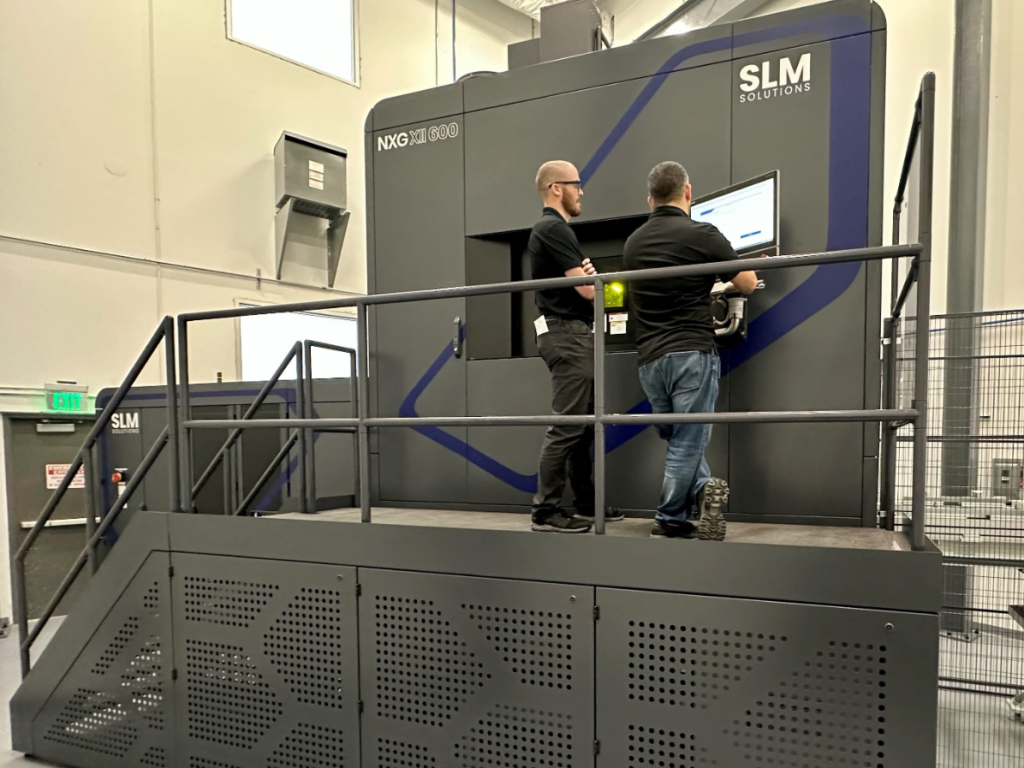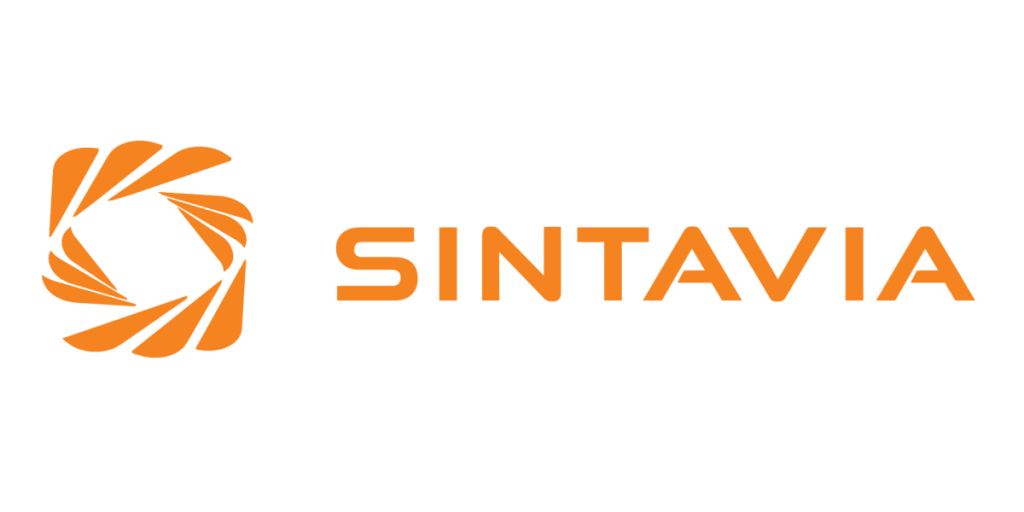Additive manufacturing service provider Sintavia has announced a $25 million investment for its significant expansion in facilities and equipment since 2019.
With a completion target of Q4 2024, Sintavia’s expansion is primarily driven by the need to address the growing requirements of U.S. Department of Defense (DoD) programs over the next few years. Sintavia’s expansion plan will incorporate several key components spanning component testing facilities, advanced manufacturing space, post-processing equipment, and large format printers.
“As the world’s first truly all-digital aerospace component supplier, Sintavia is in a unique position to push the boundaries of what is possible in terms of designing and manufacturing next generation aerospace components along a single, fully digital thread. But to do that, you need first to have the right facilities, hardware, and software in place. That is what we are doing today in support of our customers and their critical programs,” said, Brian Neff, Sintavia’s Founder and CEO.

A boost for production capacity
At the heart of Sintavia’s expansion lies the development of next-generation aerospace heat exchangers. Featuring additively designed triply periodic minimal surface structures, these components, boast superior heat rejection capabilities while maintaining comparable flow rates to conventional models.
Production yields are projected to reach near 100% thanks to the utilization of a fully digital manufacturing process in Sintavia’s expansion. This stands in stark contrast to the lower yields commonly encountered by traditional heat exchanger manufacturers, says the company. “Looking into the next few years, it is clear to us that we need to make the investments today that will support the demand from our customers tomorrow,” added Neff.
To accommodate the expansion, Sintavia has secured a long-term lease for an additional 25,000 sq.ft. of manufacturing space, located right next to its existing headquarters. This new space will be dedicated to printing, post-processing, and materials testing activities. For increased production capacity, Sintavia’s expansion features the acquisition of multiple new printers, including a second SLM NXG XII 600 and a third AMCM M4K-4.
Additionally, the expansion prioritizes enhanced quality control with the addition of a CT scanner, air furnace, and various testing machines like a shock and vibration table, pressure cycle tester, and acoustic testing equipment. The investment also includes multiple new 5-axis CNC machines, fatigue rigs, and polishing machines.

Sintavia’s AM endeavors
Over time, Sintavia has been putting efforts into developing and producing high-performance metal parts using additive manufacturing. For this purpose, Sintavia received a direct equity investment from Lockheed Martin Corporation, acquiring an 18% ownership stake valued at $20 million.
RBC Capital Markets LLC provided financial advice, and Alvarez & Diaz-Silveira LLP offered legal counsel for the transaction. This investment follows a collaboration between Sintavia and Lockheed Martin to explore metal AM’s potential as a substitute for conventional methods. Their partnership aligns with the “AM Forward” initiative, aiming to bolster U.S. supply chains through AM technology adoption and deployment.
Back in 2021, Sintavia developed a proprietary 3D printing process for NASA’s GRCop-42 copper alloy, enhancing rocket propulsion component manufacturing. Tailored for EOS M400-4 3D printers, Sintavia’s method achieves components with high densities exceeding 99.94%, tensile strengths of 28.3 ksi, yield strengths of 52.7 ksi, and elongations of 32.4%. Unlike NASA‘s approach, Sintavia’s process eliminates the need for hot isostatic pressing, streamlining production and potentially reducing costs and time for GRCop-42 parts.
What 3D printing trends do the industry leaders anticipate this year?
What does the Future of 3D printing hold for the next 10 years?
To stay up to date with the latest 3D printing news, don’t forget to subscribe to the 3D Printing Industry newsletter or follow us on Twitter, or like our page on Facebook.
While you’re here, why not subscribe to our Youtube channel? Featuring discussion, debriefs, video shorts, and webinar replays.
Are you looking for a job in the additive manufacturing industry? Visit 3D Printing Jobs for a selection of roles in the industry.
Featured image shows as part of its announced expansion, Sintavia purchased a second SLM NXG XII 600 printer. Photo via Sintavia.



